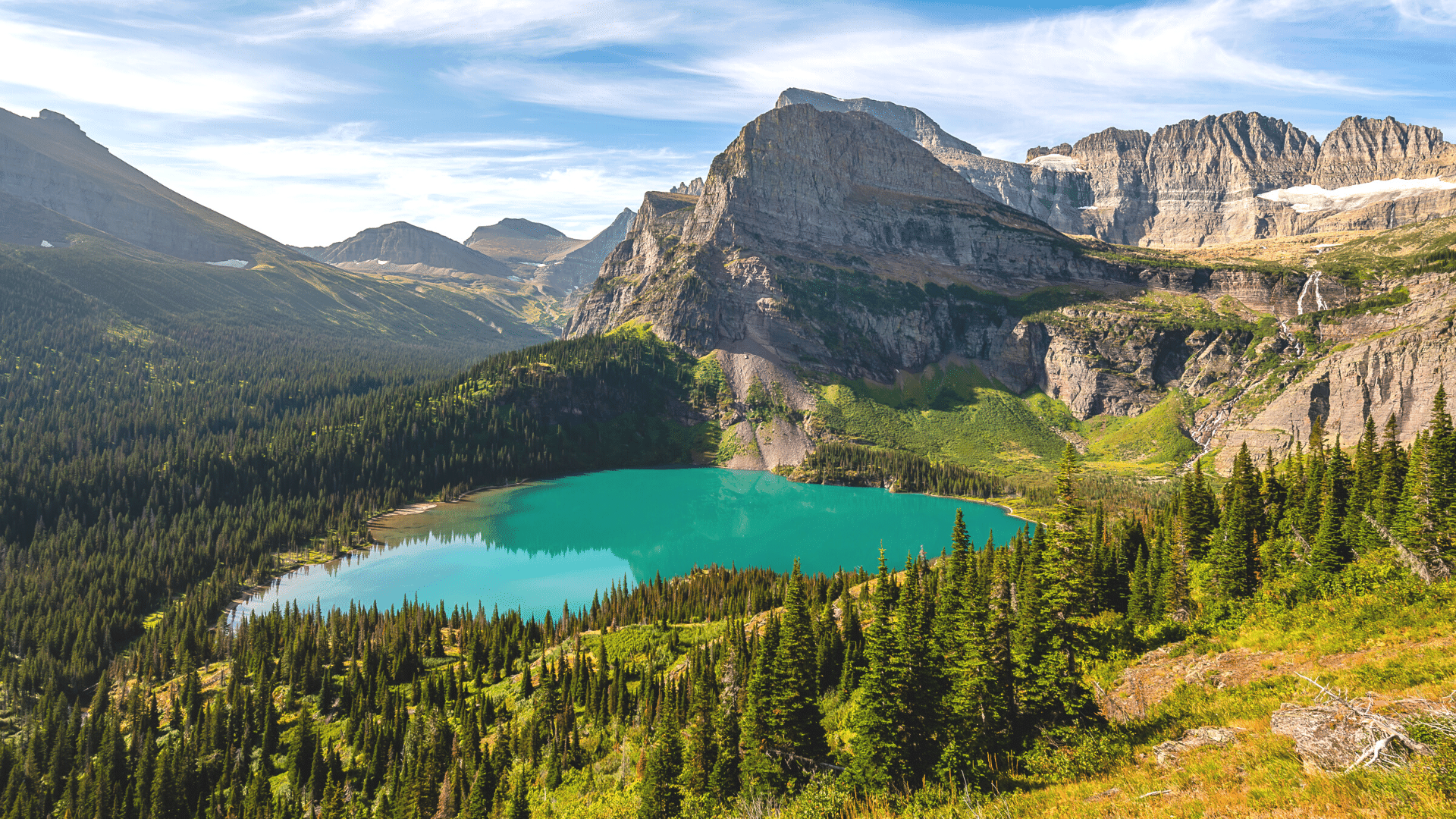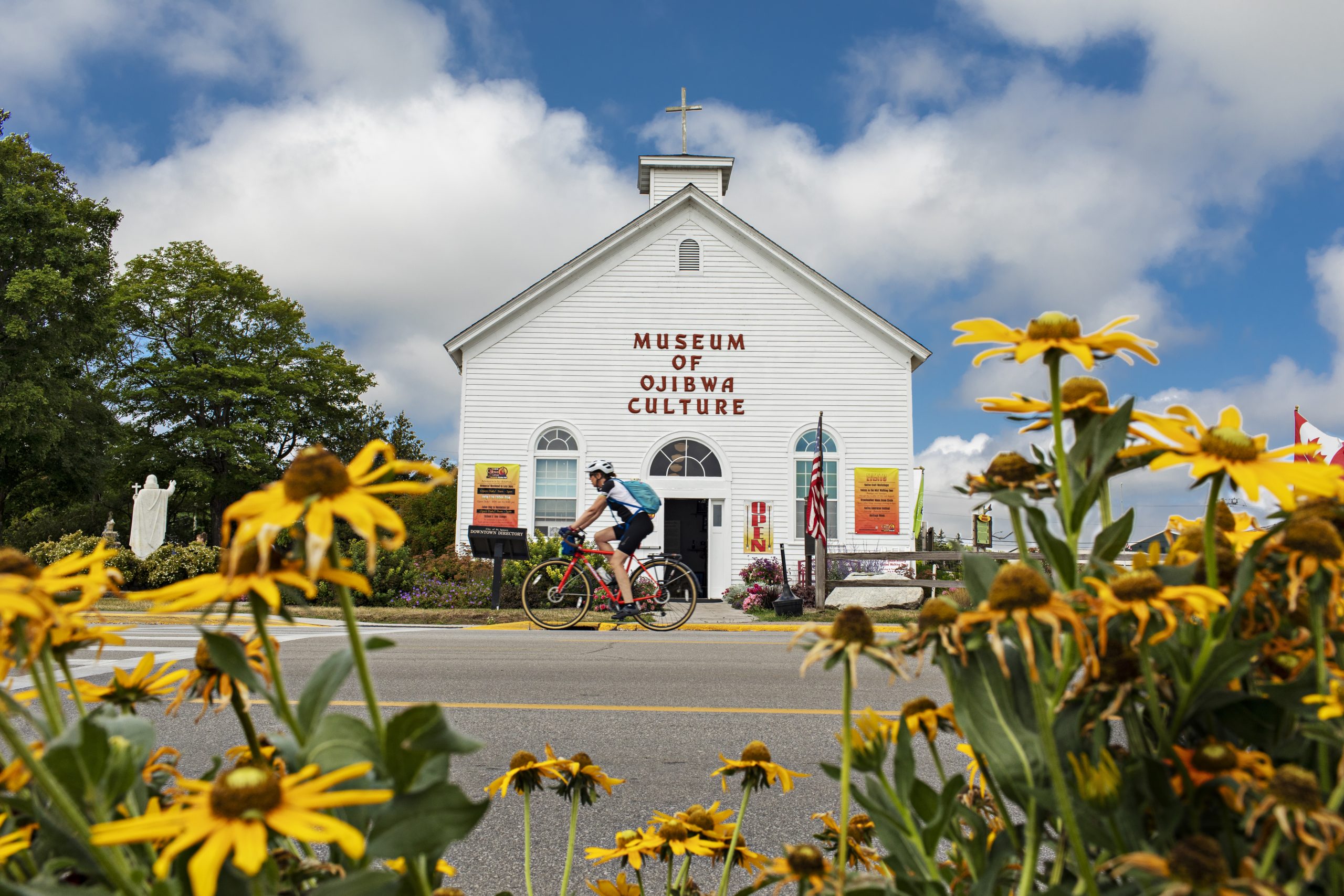Travel Itineraries through National Parks: Cultural and Historical Experiences in American Nature

Unveiling Cultural Richness in Nature’s Embrace
Exploring the great outdoors of America’s national parks offers more than just breathtaking landscapes. Each park is a gateway to rich cultural and historical narratives that often intertwine with the natural beauty surrounding them. Venture beyond the stunning vistas, and you’ll find a tapestry woven from the threads of tradition, resilience, and preservation that enrich the very essence of these lands.
From east to west, national parks serve as a living canvas of heritage, showcasing:
- Native American cultures: Each park has connections to the indigenous peoples who have inhabited these regions for thousands of years. For instance, at Yellowstone National Park, you can explore the long-standing traditions of the Shoshone people through educational programs and guided tours that highlight their intimate relationship with the land. Artifacts and rock art found within parks like Chaco Culture National Historical Park in New Mexico tell stories of an advanced civilization and their unique agricultural practices.
- Historic sites: Discover remnants of the brave early explorers and settlers who shaped the American narrative at parks such as Gettysburg National Military Park, where visitors can walk the same grounds where pivotal Civil War battles unfolded. Guided walks and reenactments offer an immersive way to engage with the past, allowing visitors to better understand the struggles and sacrifices that helped define the nation.
- Monuments and memorials: Visit sites honoring pivotal events and figures in American history, like the Martin Luther King Jr. Memorial within Washington, D.C.’s National Mall, where nature blends with tribute, inspiring conversations about civil rights. Some parks, such as San Juan Island National Historical Park, reveal tales of diplomatic tensions between impressively diverse cultures and nations, adding layers to their historical significance.
Travel itineraries through these natural sanctuaries can provide unique opportunities for cultural immersion. Many parks offer guided tours led by knowledgeable rangers who share stories and insights, making history come alive in a way that is accessible and engaging. Additionally, participating in interpretive programs provides hands-on learning experiences that foster a deeper appreciation for the unique cultural dynamics of each area.
As you embark on your journey, consider the unimaginable treasures that lie within these landscapes. From the sunlit trails of the Grand Canyon to the lush forests of Great Smoky Mountains, the cultural and historical experiences in America’s national parks are waiting to enrich your travel adventure. Each visit invites you to explore the narratives that have shaped the nation, presenting an opportunity to connect with both nature and history on a profound level. Let the exploration begin!
DIVE DEEPER: Click here to discover sustainable travel tips

Journeying Through Time: Rich Cultural Experiences in National Parks
As you traverse the majestic landscapes of America’s national parks, each step can transport you not only through scenic vistas but also through layers of history and culture. Immersing yourself in the cultural fabric of these parks reveals a deeper understanding and appreciation of the land and its heritage. Here, we explore the fascinating stories embedded within some of the nation’s most iconic natural settings.
Discovering Indigenous Heritage
The profound connection between the land and its original inhabitants is one of the most compelling narratives found in national parks. For example, Glacier National Park in Montana is home to the Blackfeet Nation, who have sustainably inhabited the area for generations. Visitors can participate in programs led by Blackfeet guides, offering insights into their spiritual beliefs and traditional practices tied to the landscape.
Similarly, Badlands National Park is rich in Lakota Sioux history, where ancient rock formations echo the stories of a people deeply rooted in this dramatic terrain. The park features interpretive signage and programs that illuminate their historical narratives, including the significance of different sites to their cultural identity.
Historical Landmarks and Significance
In addition to indigenous histories, many parks preserve vital chapters of America’s past that resonate through the ages. Chickamauga and Chattanooga National Military Park stands as a testament to the fierce battles of the Civil War, with well-preserved monuments and trails that guide visitors through historic battlegrounds. Engaging in ranger-led tours can provide a rich understanding of the military strategies and personal stories behind the conflict, capturing the essence of the era.
Another remarkable site is Independence Hall National Historical Park in Philadelphia, which is not a traditional national park but an emblem of American history. Here, visitors can discover the birthplace of the Declaration of Independence and the U.S. Constitution, merging historical importance with the natural beauty of the surrounding park grounds.
Engaging with Local Communities
Many national parks also serve as platforms for engaging with local communities, providing visitors with authentic cultural experiences. Participating in events such as cultural festivals or traditional art workshops can enrich your journey and foster deeper connections. Hawai’i Volcanoes National Park, for example, invites guests to learn about Hawaiian culture and spirituality through hula performances and storytelling sessions that honor the land’s eruptions and flora.
Connecting Nature and History
Whether you are hiking through ancient forests, walking alongside historical battlefields, or engaging with the stories of local tribes, the national parks are more than just a collection of breathtaking landscapes. They serve as a fertile ground for cultural and historical discovery that draws visitors into the heart of America’s past. Each park offers unique opportunities for immersion, fostering a profound respect for both the natural world and the legacies of those who came before us. Travel itineraries through national parks unveil genuine connections that illuminate the narratives of our shared history, beckoning all to explore and reflect.
| Advantage | Description |
|---|---|
| Immersive Cultural Insights | Travel itineraries offer in-depth explorations of Native American history and local cultures, allowing visitors to engage with the rich tapestry of stories that shape the park experiences. |
| Historical Context | Thematic itineraries often highlight significant historical landmarks within the parks, providing travelers with context to their surroundings and deeper appreciation of American heritage. |
| Educational Experiences | Participants can gain knowledge through guided tours and workshops, enhancing their understanding of the unique ecosystems and cultural narratives featured in national parks. |
| Sustainable Practices | Itineraries often emphasize eco-friendly travel options, promoting responsible tourism that respects both nature and indigenous cultures. |
Traveling through America’s national parks while immersing yourself in their cultural and historical roots can ignite a passion for conservation and education among travelers. Each park not only showcases stunning natural beauty but also serves as a vault of captivating stories that reflect the rich diversity of the United States. With expertly crafted itineraries, visitors can explore legendary sites and discover narratives that honor the land’s original stewards. This blend of nature and history creates unforgettable experiences that stitch together adventure and learning, ensuring a journey that goes beyond mere sightseeing. Thus, embarking on these travel itineraries becomes a commitment to understanding the intertwined relationship between culture and the great American outdoors, inspiring deeper respect for the environment and its history.
DISCOVER MORE: Click here
Unearthing America’s Past: Historical Insights in National Parks
Exploring national parks offers more than hiking trails and breathtaking views; it invites an exploration of America’s multifaceted history. Each park serves as a living museum, where visitors can trace the lineage of cultures, innovations, and pivotal events that shaped the nation. The experiences within these parks are not just recreational; they are fertile grounds for understanding the dramatic narratives of American history.
Preservation of Cultural Heritage
Gettysburg National Military Park in Pennsylvania stands as a cornerstone of American history, marking the site of one of the Civil War’s most significant battles. Dedicated to preserving the battlefield and honoring the sacrifices made, the park provides opportunities for immersive experiences. The Gettysburg Museum and Visitor Center hosts extensive exhibits, allowing visitors to engage with artifacts, photographs, and multimedia presentations depicting the battle’s impact. Moreover, guided tours, often led by passionate historians, delve into the personal stories of soldiers and civilians caught in the throes of conflict, providing an emotional and educational journey.
Another treasure is Santa Fe National Historic Trail, which embraces both the natural beauty of New Mexico and the profound history of early American trade routes. As a major thoroughfare from the early 19th century, the trail embodies the spirit of exploration and commerce. Travelers can explore key landmarks such as the historic Santa Fe Plaza and visit museums that showcase the cultural intermingling that arose from trade interactions between Native Americans, Hispanics, and Anglo settlers.
The Story of Industrial Progress
In stark contrast, Steamtown National Historic Site in Scranton, Pennsylvania, captures the industrial evolution of the United States through the lens of steam locomotion. Here, visitors can delve into the significance of railroads as the arteries of a growing nation. The park offers excursions on restored locomotives, emphasizing the technology that propelled both economy and society. The museum houses an impressive collection of steam engines, along with engaging interpretive programs that highlight technological advancements and their impact on American daily life.
Exploring Historic Communities
Vibrant communities often surround national parks, bringing rich cultural experiences closer to visitors. New River Gorge National Park in West Virginia, renowned for its stunning whitewater rafting and rock climbing, also invites an exploration of Appalachian culture. The region celebrates its heritage through local festivals, music, and traditional crafts. Visitors can take part in coal mining tours that provide insight into the area’s historical significance and its transformation from a resource-rich landscape to a modern recreation hub.
Interpretative Programs and Educational Opportunities
Many national parks offer robust interpretive programs, designed to engage visitors with the intricate tales of the land. These programs utilize natural and historical contexts to instill a sense of place and time. Yosemite National Park, for instance, has programs that explore the relationship between the indigenous Miwok people and the land. By participating in guided nature walks, workshops, and talks, visitors can acquire a deeper appreciation of the cultural rituals that shaped the interactions with the breathtaking granite cliffs and ancient sequoias.
What emerges from these diverse encounters within national parks is a powerful narrative of resilience, ingenuity, and connection. Travel itineraries through national parks thus become crucial pathways into America’s past, offering opportunities to reflect on the lives and stories that forged the nation and continue to resonate within the very soil of these sacred places.
DISCOVER MORE: Click here to learn effective itinerary strategies
Embracing Nature’s Legacy: The Importance of Travel Itineraries in National Parks
In conclusion, travel itineraries through national parks are essential for uncovering the layered narratives of America’s cultural and historical landscape. From battlefields steeped in the echoes of conflict, like Gettysburg, to trade routes resonating with the histories of diverse communities, such as the Santa Fe National Historic Trail, each park presents an opportunity for intimate engagement with the past. Visitors are not merely observers of stunning natural beauty but participants in a larger story that spans centuries and countless lives.
By immersing themselves in the interpretive programs that showcase Indigenous histories and industrial transformations, travelers can gain profound insights that transcend the mere act of visiting. The stories shared through guided tours, engaging exhibits, and local interactions breathe life into the ecological wonders that surround them. They reveal the ongoing significance of these lands, encouraging a deeper appreciation and respect for the cultures that have thrived here long before and continue to coexist with nature today.
Thus, crafting a thoughtful travel itinerary that intertwines adventure and education can transform a typical national park visit into a rich inquiry into the American journey. In doing so, travelers do more than witness the natural splendor; they honor the past and acknowledge the complexity of the narratives that have shaped the nation—and consider their own role within this evolving story as they venture into the heart of America’s natural heritage.


